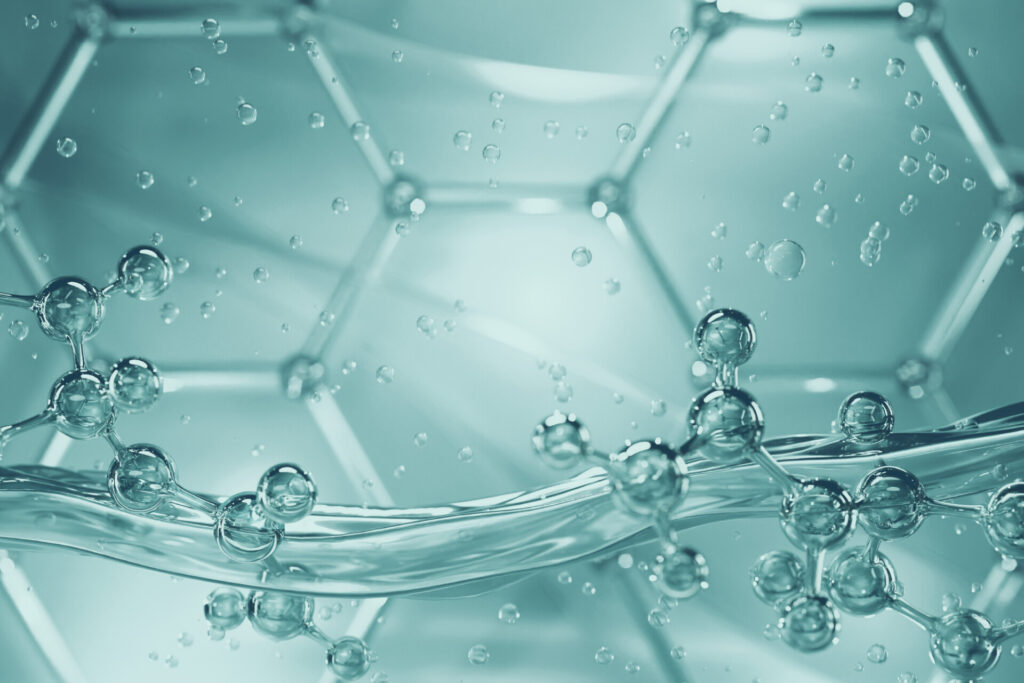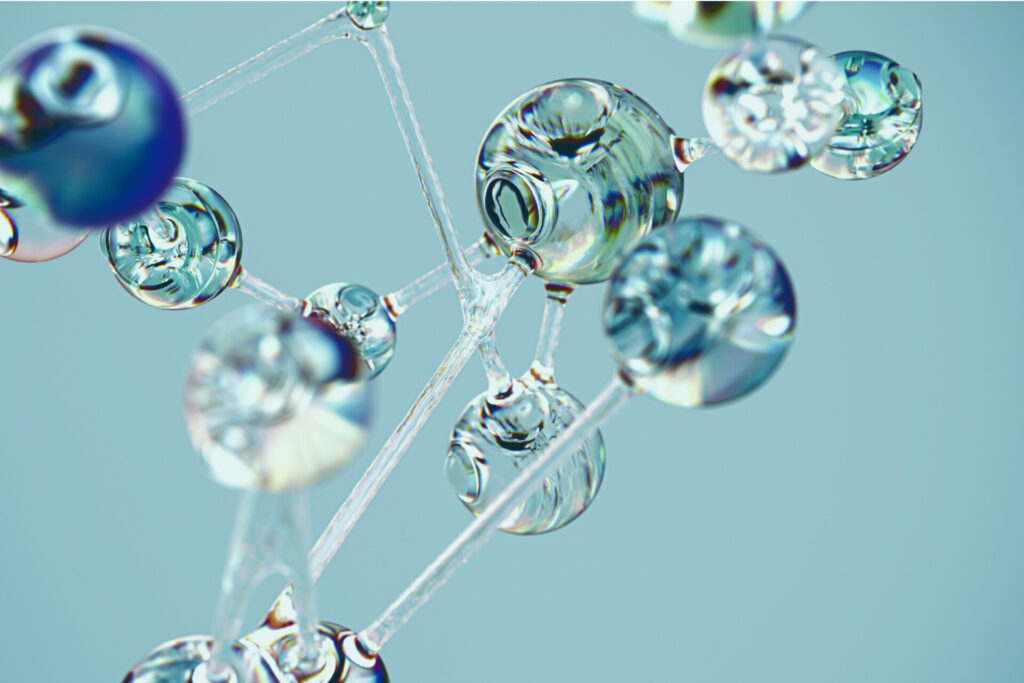Biomaterials are redefining regenerative medicine, catalysing a transformation in tissue repair. In an era of constant scientific advancements, biomaterials are becoming a fundamental element, driving a revolution in cellular regeneration and rejuvenation. In this article, we reflect on how they are influencing regenerative medicine, with particular attention to their application in the field of aesthetic medicine.
Biomaterials and Biocompatibility
Biomaterials have become essential in the pursuit of advanced medical solutions. Designed for interactions with biological systems, they facilitate the restoration of damaged tissues or organs. These materials are rudimentary elements that open up a wide range of possibilities in current medicine, promoting the development of innovative treatments capable of significantly improving patients’ quality of life.
In the design of biomaterials, biocompatibility plays a crucial role. This refers to the biomaterial’s ability to induce an optimal biological response during its interaction with the organism. The absence of rejection by the body towards the implant or device implies biological, chemical, and mechanical acceptance. This consideration is essential as it ensures patient safety and treatment effectiveness.
Types of Biomaterials
To understand biomaterials, it is fundamental to differentiate between the various types that exist. This allows us to comprehend the revolutionary advances that have been transforming medical practice in recent years.
● Metallic Biomaterials: Among these, titanium and stainless steel are fundamental in creating orthopaedic and dental implants. Their durability makes them ideal materials for supporting the needs of the human body, providing a solid foundation in restoring functionality and aesthetics.
● Ceramic Biomaterials: Aluminium oxide and hydroxyapatite are increasingly used in bone and dental implants due to their ability to fuse with surrounding tissue. These biomaterials integrate almost imperceptibly, achieving very natural results.
● Polymeric Biomaterials: This group includes polyethylene, silicone, and poly-L-lactic acid (PLLA). Their versatility and ability to adapt to the specific needs of the patient make them most suitable for a wide range of applications, from surgical sutures to facial fillers, ensuring personalised results.
● Composite Biomaterials: They combine the best of multiple materials to offer a series of unique characteristics. For example, polymers reinforced with carbon fibres and ceramics with enhanced properties are ideal for procedures requiring specific attributes of strength and flexibility.

Main Applications of Biomaterials

In the field of aesthetic medicine, biomaterials play a fundamental role in tissue restoration and cellular revitalisation. These materials are used to combat signs of skin ageing, reduce wrinkles, and improve skin elasticity. They therefore constitute a valuable tool in aesthetic procedures aimed at enhancing appearance and well-being.
Orthopaedic implants are another field where biomaterials play an indispensable role in repairing and replacing damaged tissues and joints, as seen in hip and knee prostheses and bone fixation devices. In dentistry, biomaterials are increasingly used in the manufacture of dental implants, cavity fillings, and restorative materials.
We can also highlight the field of regenerative medicine, where biomaterials are used in tissue engineering, gene therapy, and controlled drug release. These applications seek to promote the regeneration of damaged tissues and organs, proving to be a great aid in treatment of numerous injuries.
Innovation in Cellular Restoration
Biomaterials played an fundamental role in tissue restoration and cellular revitalisation, having provided an optimal environment setting for cell proliferation and tissue regeneration. This ascertains that they are a very powerful tool in the fight against ageing and injuries caused by the passage of time.
Aesthetic medicine has experienced a revolution since its inception. By offering non-invasive solutions, they have become key allies in the pursuit of lasting youth and beauty. The production of collagen and the restoration of skin elasticity are some of the benefits that biomaterials provide, allowing for natural and remarkable results without the risks associated with traditional surgical procedures.
Continuous research and development in the field of aesthetic and regenerative medicine promise to open up new possibilities, nearing personalised solutions for a wide variety of medical and aesthetic needs. From tissue engineering to nanotechnology, the future of this discipline augurs a field full of opportunities that will continue to offer good news in the coming years.
